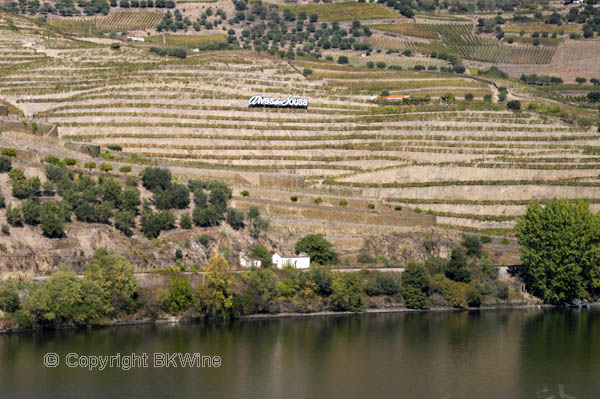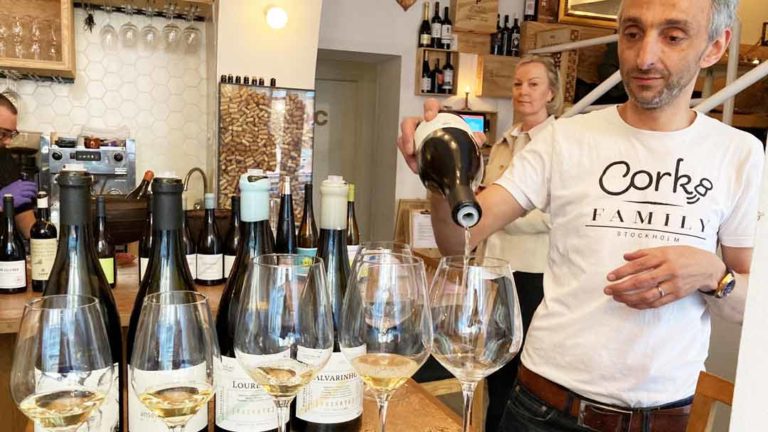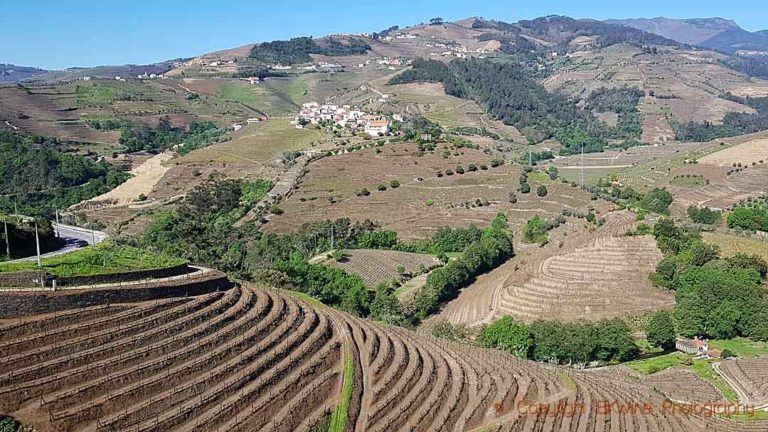Is it possible to describe a wine country with over 300 indigenous grape varieties? Yes, but it takes a while. Is it possible to try 300 wines in three hours? Yes, if you do not talk to any of all 36 producers present at the Portuguese wine day. Then you would not know that the winemaker Filipe Madeira makes port wine (!).
You can find red wines of high quality from Portugal since many years. Most are cuvées of some kind, such as from port wine grapes, international varieties or blends of indigenous and international varieties. The challenge for marketing this is that relatively few people have something sort of reference for Portuguese wines. Wines from Portugal probably do not get the attention that their quality merits.
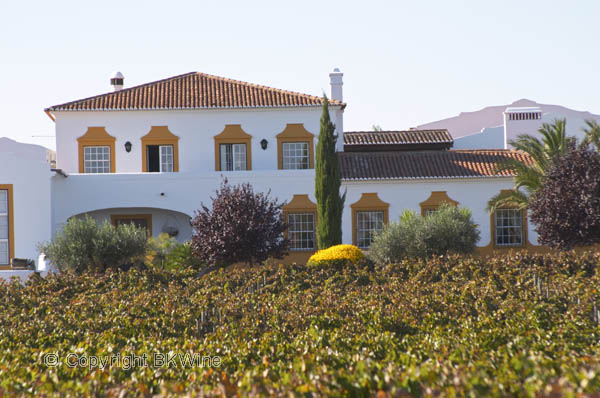
One producer who cannot complain about the attention from the Swedish market is João Portugal Ramos whose big sellers are Ramos Reserva and Vila Santa Reserva. The latter delivers good mid-range quality every year and definitely benefits from a couple of years’ ageing.
José Maria da Fonseca is another producer who is very well known for the Swedish volume market with Periquita and Periquita Reserva. He is the sixth generation winemaker and makes wines where origin shows through from typical indigenous grapes that are robust and reliable food wines.
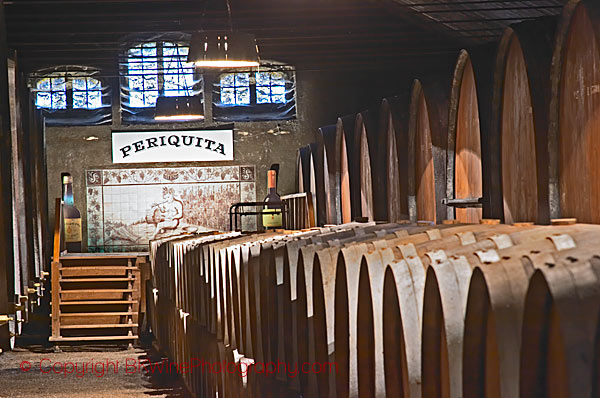
Quinta da Pacheca is an example of a winery that deserves more attention. Pacheca Reserva Vinhas Velhas Red 2011 is a fine and complex wine from Touriga Franca, Tinta Roriz, Touriga Nacional, Tinta Cao, Tinta Amarela and Sousão. They also make an excellent Pacheca Grande Reserva 2011 from 100% Touriga Nacional.
Quinta de Chocapalha, with female winemaker Sandra Tavares (also known from Wine & Soul), makes elegant and characterful from both domestic and international grape verieties in the cool climate northeast of Lisbon. The Syrah marries well with Touriga Nacional and Tinta Roriz, which also Chardonnay and Arinto do.
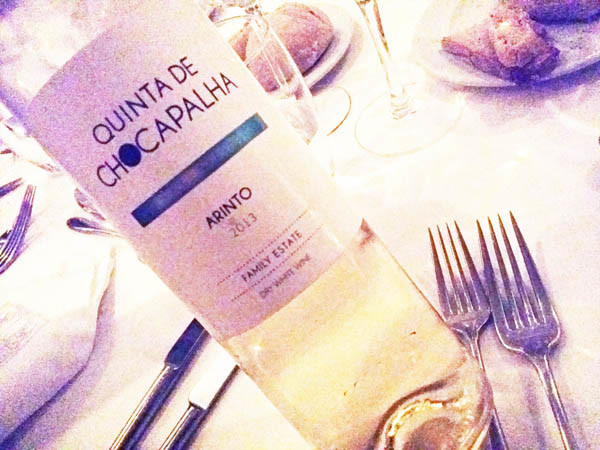

Carm, Casa Agricola Roboredo Madeira, makes organic wines in the upper Douro. The top wine Maria de Lourdes Organic T in 2011, named after the mother, is a fine Touriga Nacional-dominated cuvée. It was very interesting to try their Carm SO2 Free Organic 2011, which, as the name implies, contains no sulphur at all. It has a clean, fruity and elegant expression of Touriga Nacional, in a way that certainly reflects its origin, but it also rises above many other wines from the same grape variety.
Since sparkling wine is the most festive thing one can drink there is also, of course, sparkling wine from Portugal. There are eg several blanc de noirs from Touriga Nacional, which may not always have the potential to put sparkling wine from Portugal on all the world’s tables.
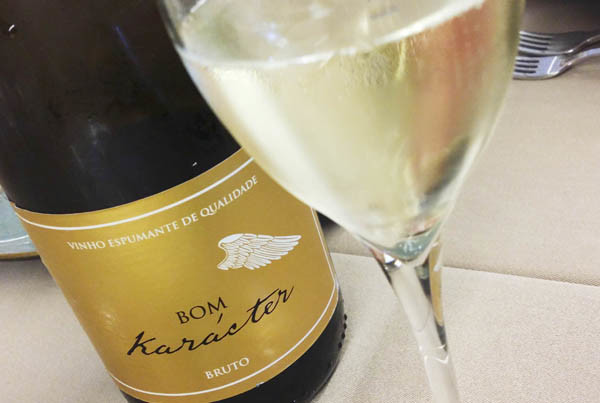
However, Quinta da Murta makes a really good white brut nature from the Arinto grape variety and a rosé from Arinto mixed with a small percentage of Touriga Nacional. The winemaker is, not entirely unexpected, a Frenchman and the wines have more than a slight resemblance to the original from north-eastern France.
Vinho verde is probably the white wine that is best known of all wines from Portugal, from the wine region of the same name. A fresh, lightly sparkling and sometimes fairly inoffensive wine that fits well on a hot summer evening. Although it may not directly leave any deeper impression there are other wines from the region that definitely does.
The Vinho Verde wine region is located in northern Portugal between the rivers Douro and Minho. The area has a cool climate with winds from the Atlantic Ocean and abundant rain. Here they make not just the wine of the same name, but also some of the best white wines from the Alvarinho grape (albariño across the border in Spain).
A producer who focuses on alvarinho is Anselmo Mendes and he gave us a very interesting vertical tasting that shows the grape’s potential for ageing. The wine was Alvarinho Contacto available at Systembolaget for affordable 119 SEK (~13 euro) in the 2014vintage.
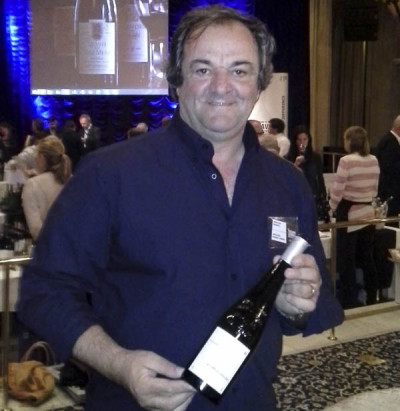
Vintages tasted were 2014, 2013, 2012, 2010 and 2009. The hole in the series comes from that the 2011 vintage is sold out.
2014: pear tones and honeydew melon on the nose, fresh acidity and a typical alvarinho bitterness in finish. A delicious wine with features typical of grape.
2013 was quite similar to 2014, but a little fresher with more acidity, so it was evidently a cooler vintage.
With the 2012 things start to happen, the acidity has softened some, but is still very present and the fragrance goes more towards yellow apples and ripe fruit.
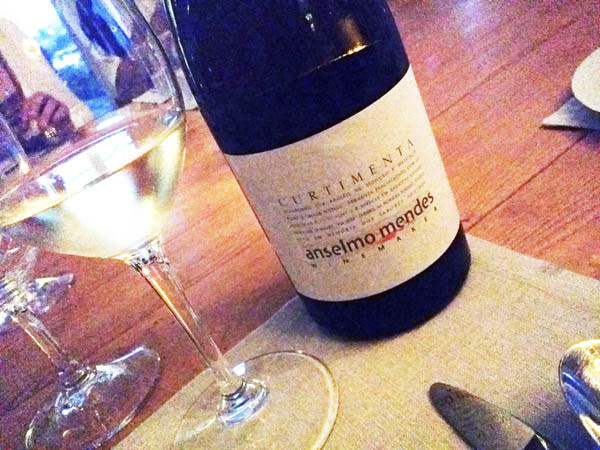
The 2010 has shows much more maturity with a nose that is generously offering yellow fruit and vanilla tones reminiscent of barrel ageing, the acidity is softer but clearly present, a very different wine than the current vintage.
The 2009 was a bit like the 2010, but from a vintage that was not quite as good, without in any way being a lesser wine.
Anselmo Mendes is a very accomplished winemaker and definitely an alvarinho expert. I have learned a little more about Portuguese white wines and that a three to four year old alvarinho becomes a completely different but equally good wine.
Mikael Karlin writes för BKWine Magazine on wine tastings and wine events in Sweden.
[box type=”info” style=”rounded” border=”full”]If you are interested in Portuguese wines you can join us at BKWine on a wine tour to Portugal in October.
Travel to the world’s wine regions with the experts in wine and the specialist in wine tours.
Wine tours that gives you a unique wine experience. BKWine wine tours.[/box]
